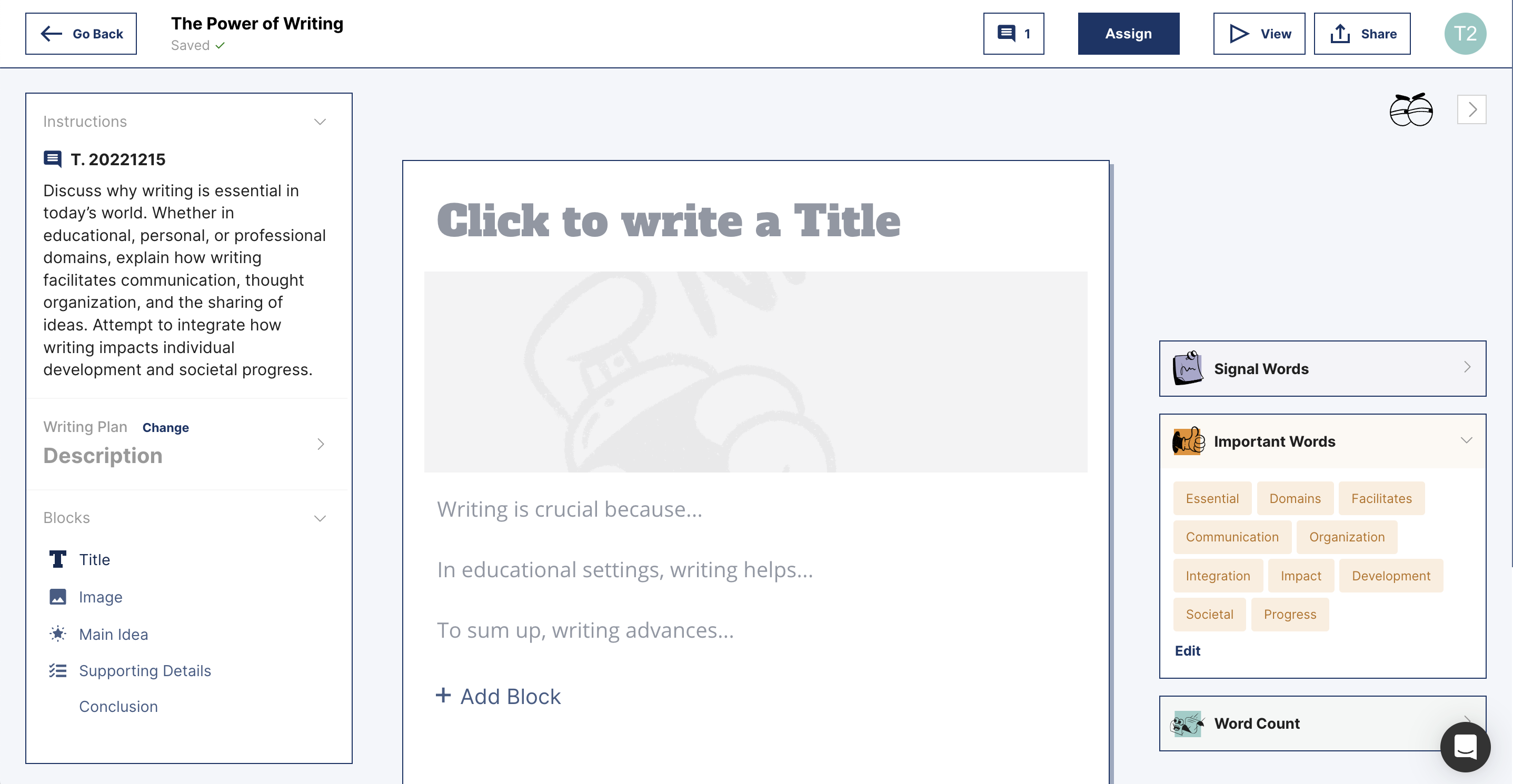Beyond Reading: Embracing Writing as a Critical Component of Literacy
Literacy has long been viewed as the cornerstone of education, a gateway to personal and professional success. But while the Science of Reading has revolutionized how we teach students to decode and comprehend text, it’s crucial to recognize the equally important role of writing in literacy.
The Inextricable Link Between Reading and Writing
As Dr. Tim Shanahan, a prominent literacy researcher, puts it: “If you want better reading scores, do not neglect writing.” The relationship between reading and writing is reciprocal, with each skill reinforcing the other. Reading builds the knowledge and vocabulary that writers need to express themselves effectively, while writing enhances comprehension by demanding organization, critical thinking, and a deeper understanding of text structures.
Why Writing Matters
Writing is more than a way to record thoughts; it’s a process of communication and connection. Employers today emphasize the importance of written communication, with 73% of surveyed companies prioritizing this skill when hiring. Yet, only 27% of U.S. high school seniors achieve proficiency in writing. This gap highlights a pressing need for educators to integrate writing instruction into the literacy curriculum.
Strategies for Integrating Writing into Literacy Instruction
Unlocking Potential Through Literacy
True literacy encompasses both reading and writing. As students master these intertwined skills, they unlock their potential to think critically, communicate effectively, and engage meaningfully with the world. Supporting both skills in tandem ensures that they not only read to understand but also write to express.
We’re dedicated to exploring the intersection of reading and writing, providing educators with the tools and insights they need to foster complete literacy. Let’s champion writing alongside reading to empower every student to thrive.







